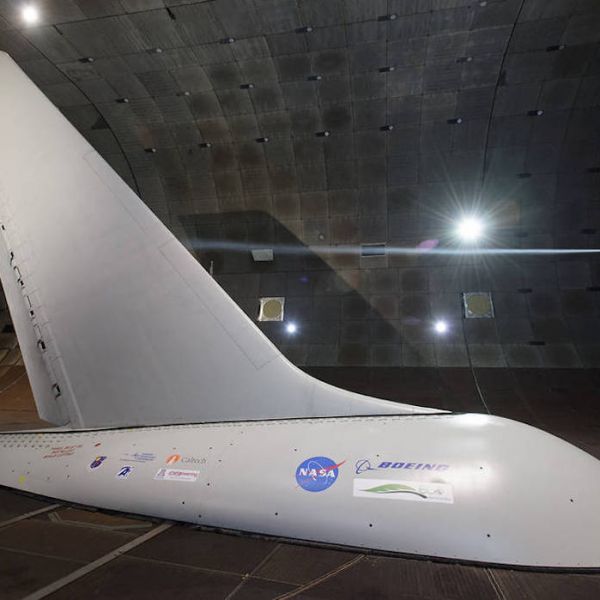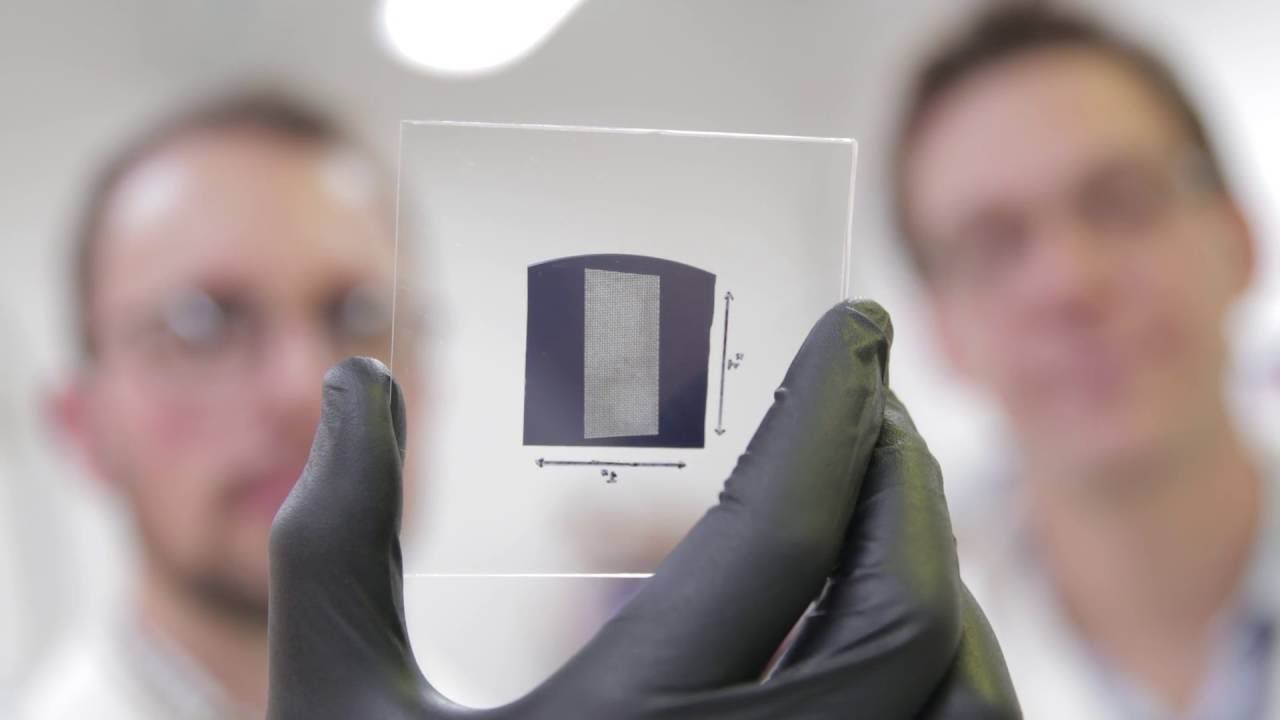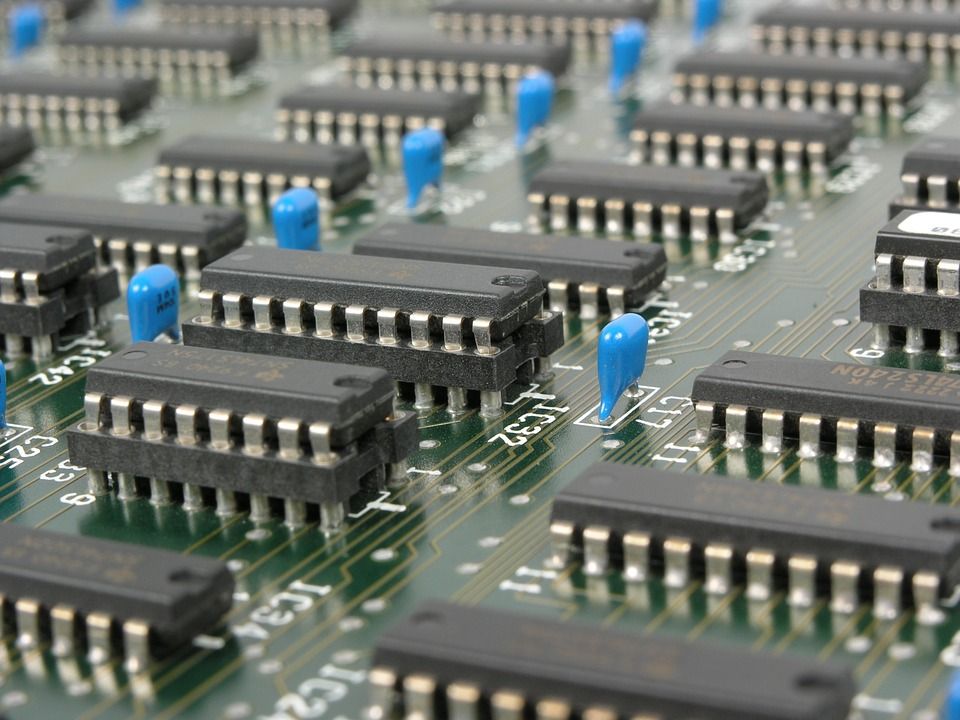NASA researchers reveal how today’s airlines can save over $250 billion by incorporating their green related technologies.
Green-related technologies developed by NASA could be the key to airlines saving over $250 billion dollars. “If these technologies start finding their way into the airline fleet, our computer models show the economic impact could amount to $255 billion in operational savings between 2025 and 2050,” said Jaiwon Shin, NASA’s associate administrator for aeronautics research, in a recent press release.
For the past six years, NASA’s aeronautics researchers have been working on the Environmentally Responsible Aviation (ERA) project, which sees airlines cutting fuel use in half, pollution by a quarter, and putting noise down to just an eighth of today’s current levels.









